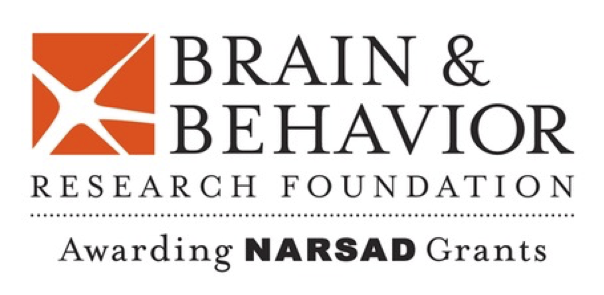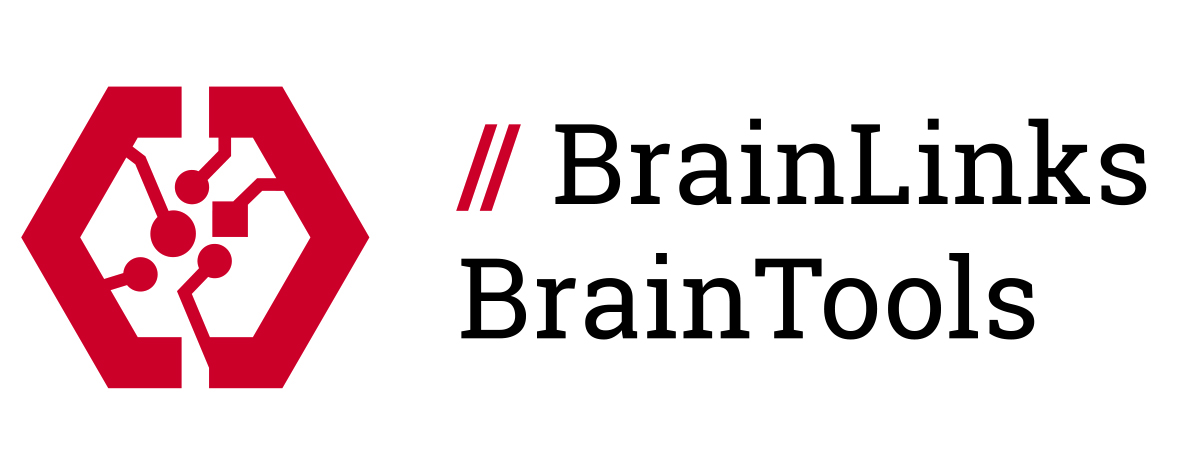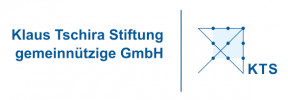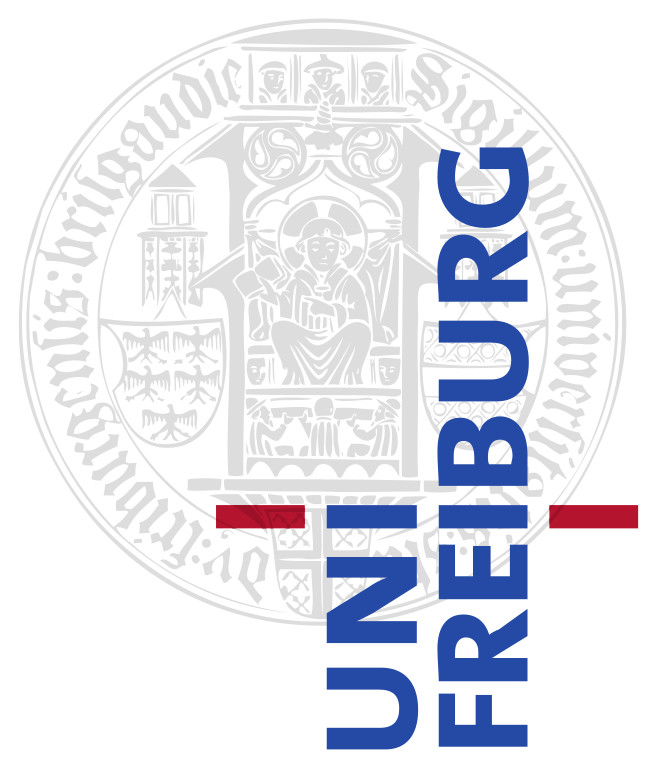Glial Biology in Brain Homeostasis and Repair
How does our brain recover from diseases, infections, and injuries?
We engage in neurobiology, the study of brain cells, to answer this question. While neurons form a major part of the central nervous system, we focus our research on their lesser known relatives and neighbours known as glia.
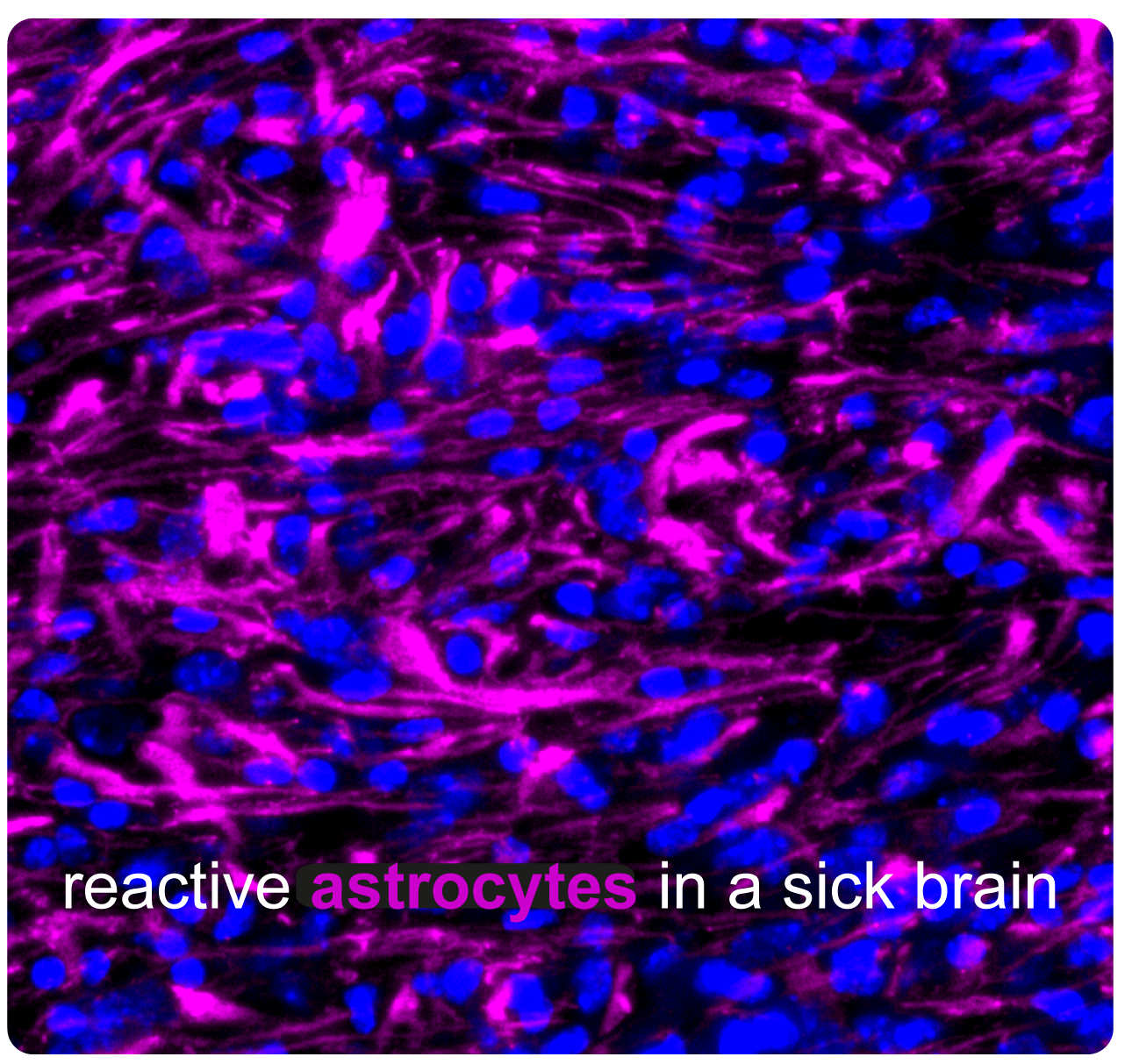
How do the different types of glial cells, such as astrocytes and microglia, support the development and health of the brain?
Glia are important in the maintenance and (immune) protection of our nervous system. Release of cytokines by glial
cells is well regulated. Microglia constantly survey their local environment and remove debris. In disease and injury,
glial cells receive signals that rapidly alter their characteristics to restore health to their brain environment.
This change includes an acute phase of inflammatory responses. Microglia undergo a period of rapid proliferation
known as microgliosis. We found previously that
microgliosis resolves during recovery
to restore normal microglial distribution and density. However, the underlying mechanism of this resolution is unknown.
Glia are critical drivers of brain repair across the lifespan. We are dedicated to finding out how they execute their
functions. We aim to understand the heterogeneity, fate, cellular and molecular mechanisms, and functions of
glial cells at single-cell level. We will harness our new knowledge to develop novel therapeutic applications for chronic diseases.
Our long-term goal is to provide insights into neurodevelopmental, neuropsychiatric, and neurodegenerative diseases.
These include autism, schizophrenia, major depression, substance use disorders, dementia, movement disorders, and
traumatic brain injury.
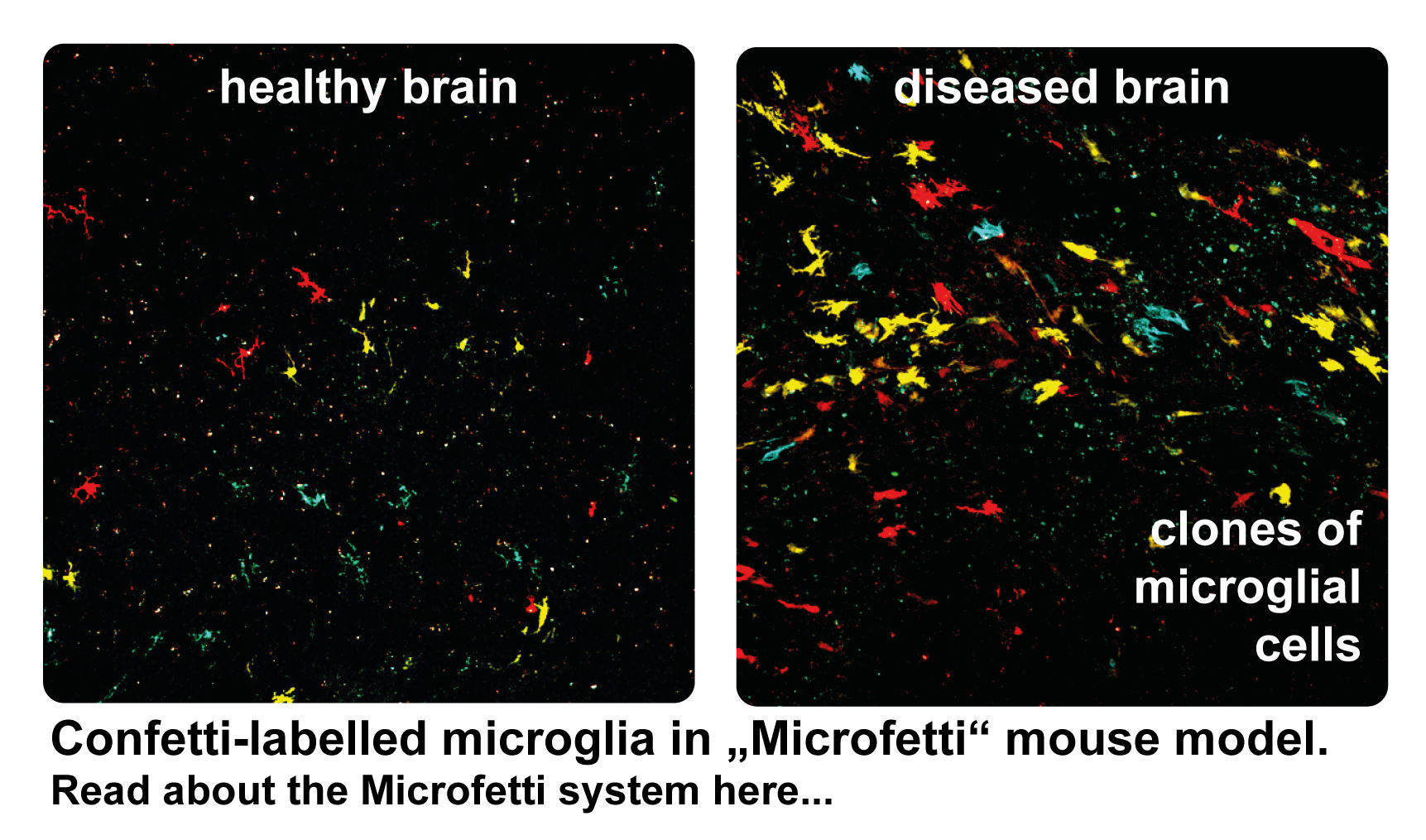
We apply a wide spectrum of interdisciplinary approaches, including different biological models (e.g., cells, tissues, model organisms, postmortem samples), high-resolution microscopy, next-generation sequencing, multi-omic technologies, brain-machine interface (neurotechnologies), and machine learning. We thrive on collaborations with local teams and researchers from across the world. Furthermore, we constantly enhance our open-source research tools and are excited to share them with the STEMM community.
***** Current Research Focus *****
(1) Gliosis and glial-glial interactions in neurostimulation
*recruiting student/postdoc in 2025/2026* –– click here
(2) Microglial diversity and expansion in neurodegeneration and repair
(3) Software development: integrated molecular and cellular analyses for comprehensive cell-state characterisation
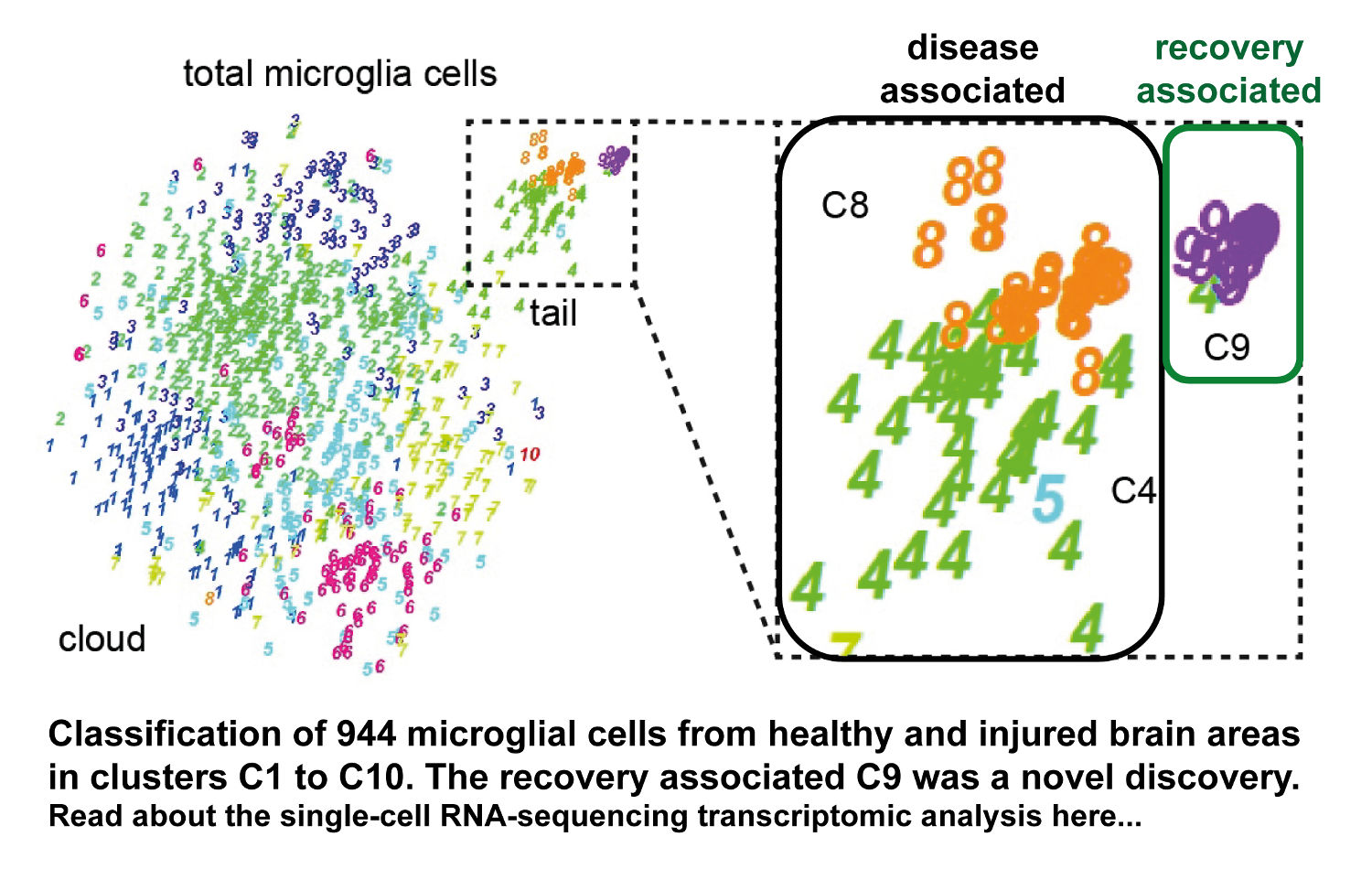
We thank the following funding agencies, foundations, and consortiums for supporting our work:


